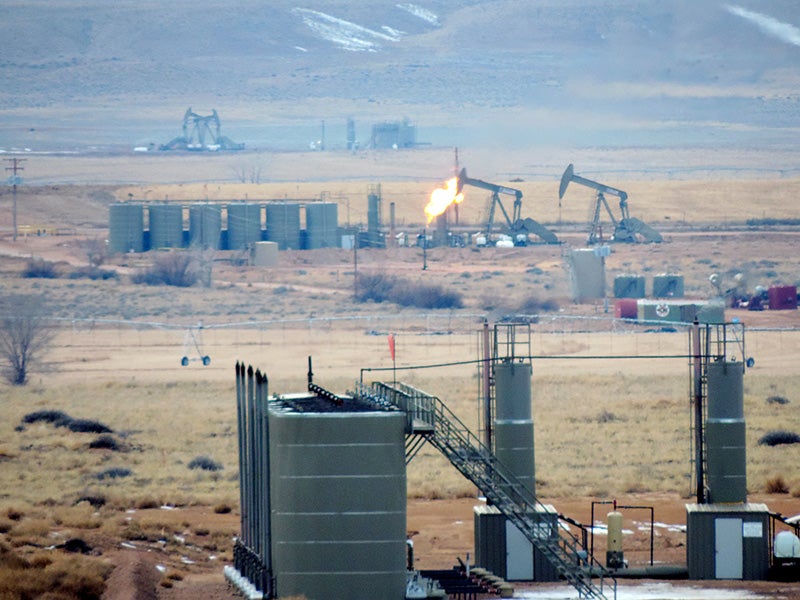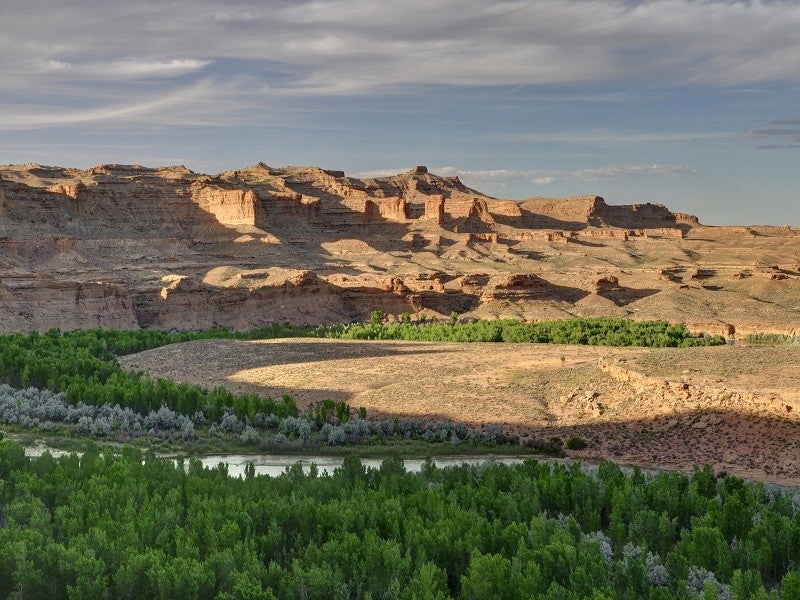Challenging Approval of a Massive Utah Oil Shale Development in Utah’s Uintah Basin
The massive Enefit project would drain billions of gallons of water from the Green River, generate enormous amounts of greenhouse gas pollution and exacerbate the Uintah Basin’s often-dismal air quality.
Case Overview
The massive Enefit project in northeast Utah’s Uintah Basin would be the nation’s first commercial-scale oil shale mine and processing facility. It would also drain billions of gallons of water from the Green River, generate enormous amounts of greenhouse gas pollution and exacerbate the Uintah Basin’s often-dismal air quality.
Huge amounts of water are required in the oil shale production process. The water pipeline will allow Enefit to drain more than 10,000 acre feet annually from the Green River, harming critical habitat for endangered fish, including the Colorado pikeminnow and the razorback sucker. The project comes as Western states struggle with record droughts and climate-driven declines in river flows in the Colorado River Basin.
Enefit intends to strip-mine about 28 million tons of rock a year over thousands of acres of high-desert habitat, generating hundreds of millions of tons of waste rock. It will also construct a half-square-mile processing plant, about 45 miles south of Dinosaur National Monument, to bake the rock at extremely high temperatures to turn pre-petroleum oil shale rock into refinery-ready synthetic crude oil. That will require vast amounts of energy and emit huge amounts of ozone precursors in an area recently listed by the U.S. Environmental Protection Agency as not in attainment with healthy ozone standards.
Oil shale is one of world’s most carbon-polluting fuels, with lifecycle carbon emissions up to 75 percent higher than those of conventional fuels.
The project would produce 547 million barrels of oil over three decades, spewing more than 200 million tons of greenhouse gas — as much as 50 coal-fired power plants produce in a year. Those emissions would contribute to global warming and regional drought already afflicting the rivers and their endangered fish.
What oil shale mining has done to Estonia:
A closed oil-shale mine in Ida-Viru County, Estonia, has left an impressive footprint in the middle of the forest—a towering, 200 ft. mountain of limestone. There are more than 36 million tons of this material at the site. Limestone rubble is a by-product or overage of oil shale mining.
Video Courtesy of Eestimaavara
Watch more videos of the impacts of oil shale mining in Estonia

Case Updates
Case page created on May 16, 2019.

